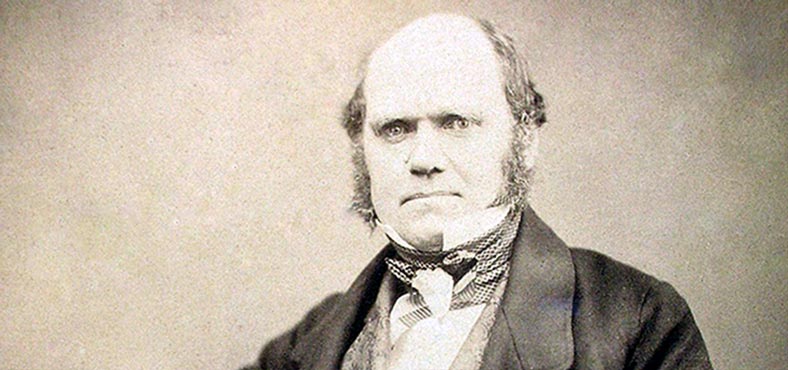Did you know who introduced the “Theory of Evolution” to our scientific world? It was Charles Darwin (1809-1882) who made the world aware of the concept of evolution. He was an English naturalist born in Shrewsbury, Shropshire (a country in England). He established this theory. His work on the idea of evolution changed people’s ideas about life on Earth and it is still relevant for today’s modern scientific approach.
Young Charles, was a keen collector of beetles and fossils. He was a poor performer in school and stopped studying medicine because he hated working on dead bodies. He later went to Cambridge University to train to become a priest. Some of his professors encouraged him to study on living things instead. In 1831, Darwin joined HMS Beagle as the ship’s naturalist. He found many unknown species /types of animals and plants. Darwin, when on HMS Beagle explored South America. He saw volcanic eruptions, experienced earthquakes and discovered ancient animal remains. While on the ship, Darwin visited the Galapagos Islands off the coast of South America and here he discovered animals that were found nowhere else on the earth, such as giant tortoises. In Argentina, he found a complete fossil of an animal that he had never seen before. It was a giant ground sloth named Megatherium.
When Darwin got back to England, he wrote a series of scientific reviews of the voyage, and published a personal journal known as ” The Voyage of the Beagle.” It is one of the great natural history travel diaries. He would study fossils and animal species. For centuries people thought that a species could not change. But Darwin examined mockingbirds from the Galapagos Islands and found the differences from the species. He had an idea that the birds may have adapted to the islands’ different environments. He showed that species change over time and do not have ‘fixed’ appearance.
In 1871, he published a book entitled “The Descent of Man”. He wrote about the similarities and differences between humans and other apes as well as the differences between humans from varied cultures. There was a lot of dissent on Darwin’s linking of evolution of people to chimpanzees or apes. This theory is now accepted by most of the scientists.
Despite illness, Charles Darwin lived to 73 years. He died at Down House on 19 April 1882. Darwin was honoured to be buried in Westminster Abbey, close to John Herschel and Isaac Newton. He truly gave the world a great perspective. As rightly said by Charles Darwin , “A man who dares to waste one hour of time has not discovered the value of life. “


